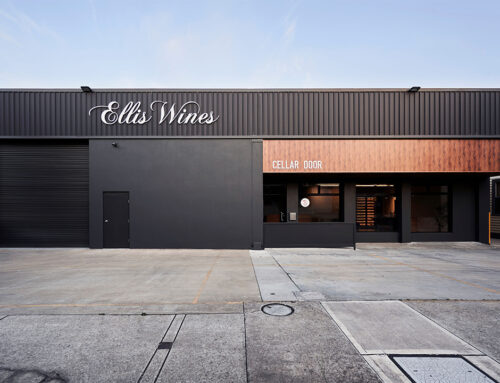For the record, the only difference between green and black olives is how ripe they are. But they generally do fall into two main distinctions; oil varieties and table varieties.
In our small batch processing service for extra virgin olive oil production, we often meet people with only a few trees in an urban backyard. They often don’t know what variety they’re growing, but fFrequently they don’t want to pickle their fruit because:
- They have preserved olives left over from previous harvests,
- They believe that fermenting olives is a lot of time and effort or
- They have only ever eaten commercially pickled olives and believe that they don’t like eating olives.
We can, and do, work with many urban growers to turn their otherwise unwanted fruit into amazing, fresh extra virgin olive oil. But there are a few reasons why some varieties of olives have traditionally been pickled, and others traditionally used for oil.
How do I know which variety of olives I have in my grove?
The easiest way to tell if you have oil or table varieties is by the size of the fruit. After that, the shape of the fruit gives the best clues to identify different varieties. The pip can affect the shape of the fruit, and will help with identifying your varieties, but it’s not as helpful as the other characteristics. The leaves will also give some indication as to the variety you might be growing. We are familiar with the most common varieties of olives grown commercially in Australia and can help you to identify your fruit variety based on the age of the trees and well as the characteristics listed above.
How big is the fruit?
A greater “flesh to pip ratio” is the hallmark of olive varieties that have traditionally been fermented for eating. When we think about the effort required by people throughout time to feed themselves and their communities, it makes sense that fruit that is larger provides a better calorific return on investment. People had to expend less energy to get more food when the olives are larger. In turn, this larger fruit would provide more energy once the olives were eaten.
Over many years, these varieties were selectively bred by planting the seeds of the olives to encourage further fruit size. Oil content of the fruit was not considered initially because the technology didn’t exist to extract it. Once olive presses were invented, people wanted to get the best return of oil for the investment of their time and effort.
What’s the difference in oil content between table and oil varieties?
While all olives can be fermented for eating, or pressed for oil, the smaller fruit usually yields more oil. Varieties that are designated for “table” olives usually yield anywhere between 8-12% oil by weight of fruit. This means if you have 10kg of olives, you can expect to get 800mL – 1.2L of oil (depending on seasonal growing conditions).
By comparison, smaller “oil” olives can yield between 20-25% oil by weight of fruit. So from the same 10kg of olives, you could expect to receive 2-2.5L of oil. This extra productivity can reduce your processing fees per litre considerably.
Common table varieties we see at our small batch extra virgin olive oil processing service:
Manzanillo, Hojiblanca, Verdale, UC13A, Queen of Spain, Mission, Barouni, Kalamata and Jumbo Kalamata
Common oil varieties we process:
Corregiola, Frantoio, Leccino, Koroneiki, Barnea, Arbequina
If you’d like help to identify your olives, please get in touch with some pictures of the trees with fruit on them, and we’ll endeavour to assist.





Leave A Comment